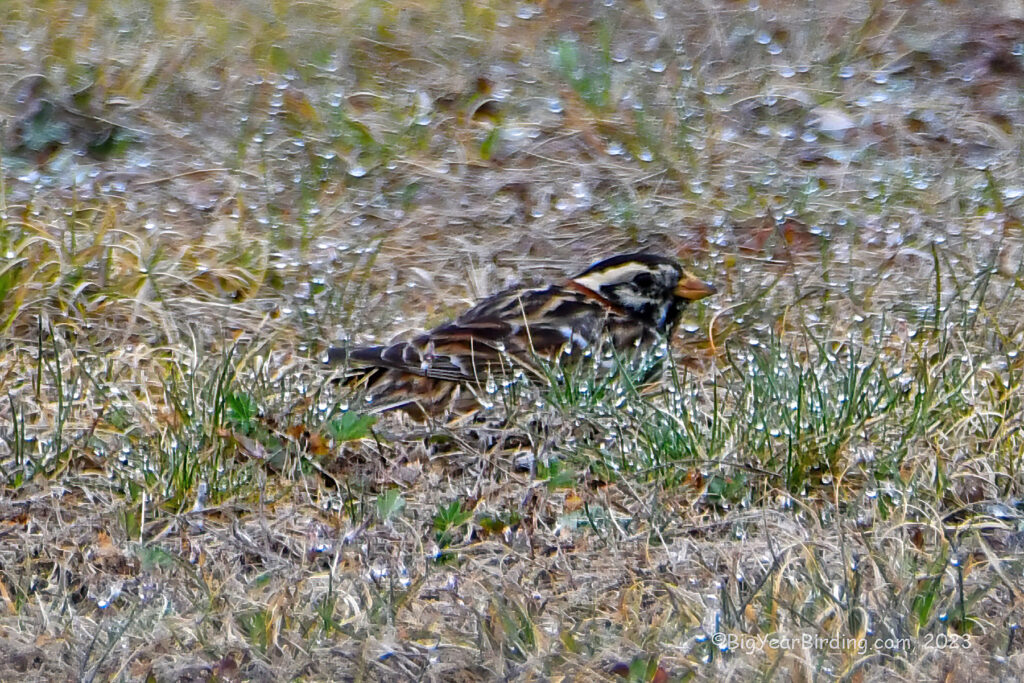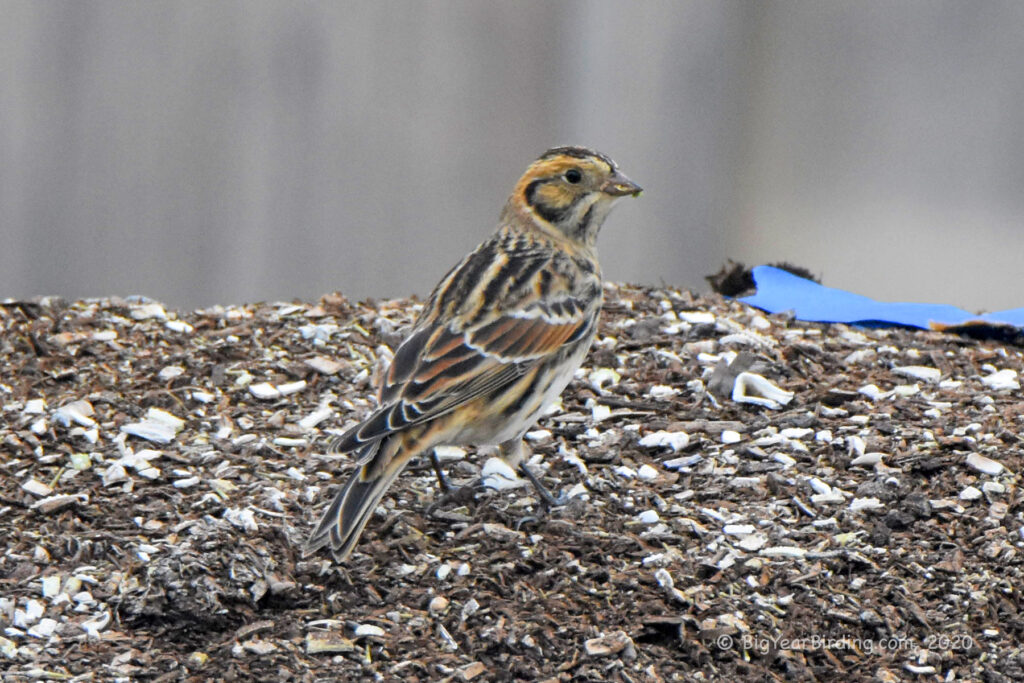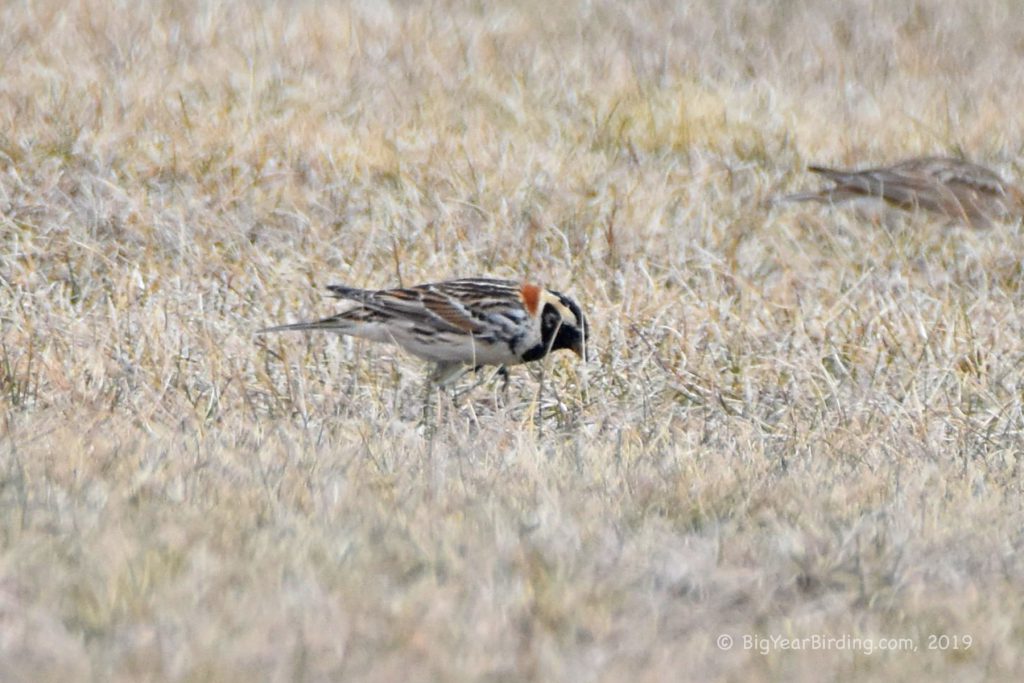
The Lapland Longspur, also known as the Calcarius lapponicus, is a passerine bird that breeds in the tundra regions of the Arctic, and can also be found in Alaska and Canada. It is a small bird, measuring around 6.5 inches in length, with a wingspan of approximately 11 inches. The Lapland Longspur is known for its distinctive appearance, with a black and white striped head and chest, and a chestnut-colored patch on its back. The male bird has a black mask around its eyes, while the female has a brown one.
In terms of weight, the Lapland Longspur is a relatively light bird, with the average weight of an adult male being around 1.2 ounces, while females weigh slightly less, at around 1.1 ounces. Despite its small size, the Lapland Longspur is a hardy bird, well adapted to the harsh conditions of its Arctic habitat. It has a thick, warm plumage that helps it to withstand the cold temperatures, and its feet are covered in feathered scales that protect them from the icy ground.
The Lapland Longspur is a migratory bird, and can be found in different parts of the world depending on the season. In the summer months, it breeds in the Arctic tundra, where it nests on the ground, often near to rock outcroppings or other natural features that provide some shelter from the wind. In the winter, the Lapland Longspur can be found further south, migrating to the northern parts of the United States and Canada, and occasionally as far south as the central United States.
Distinguishing the Lapland Longspur from other similar species can sometimes be difficult, particularly when it is in its non-breeding plumage. However, there are some key field marks to look out for. The bird’s distinctive black and white head stripes, combined with its chestnut back patch, are usually the easiest features to identify. In addition, the male’s black eye mask is a useful marker, as is the bird’s relatively long tail, which is visible in flight.

In conclusion, the Lapland Longspur is a small but hardy bird, well adapted to its Arctic habitat. It is known for its distinctive appearance, with a black and white striped head and chest, a chestnut-colored back patch, and a black eye mask on the male. The bird is a migratory species, breeding in the Arctic tundra in the summer months, and then migrating south to North America for the winter. Its relatively light weight and warm, protective plumage make it well suited to survive in the harsh conditions of the Arctic, while its distinctive field marks make it a popular bird for birdwatchers to spot and identify.

